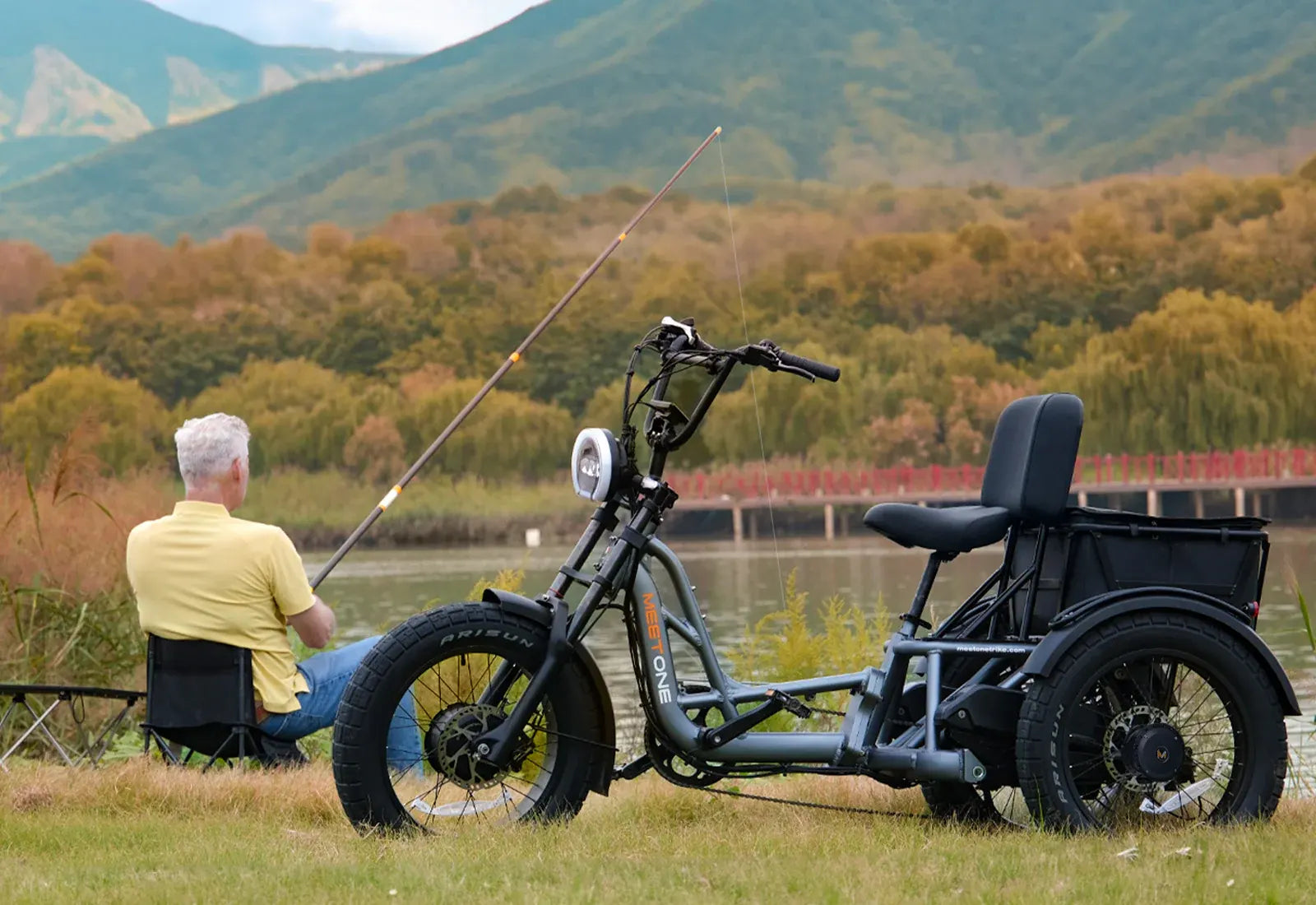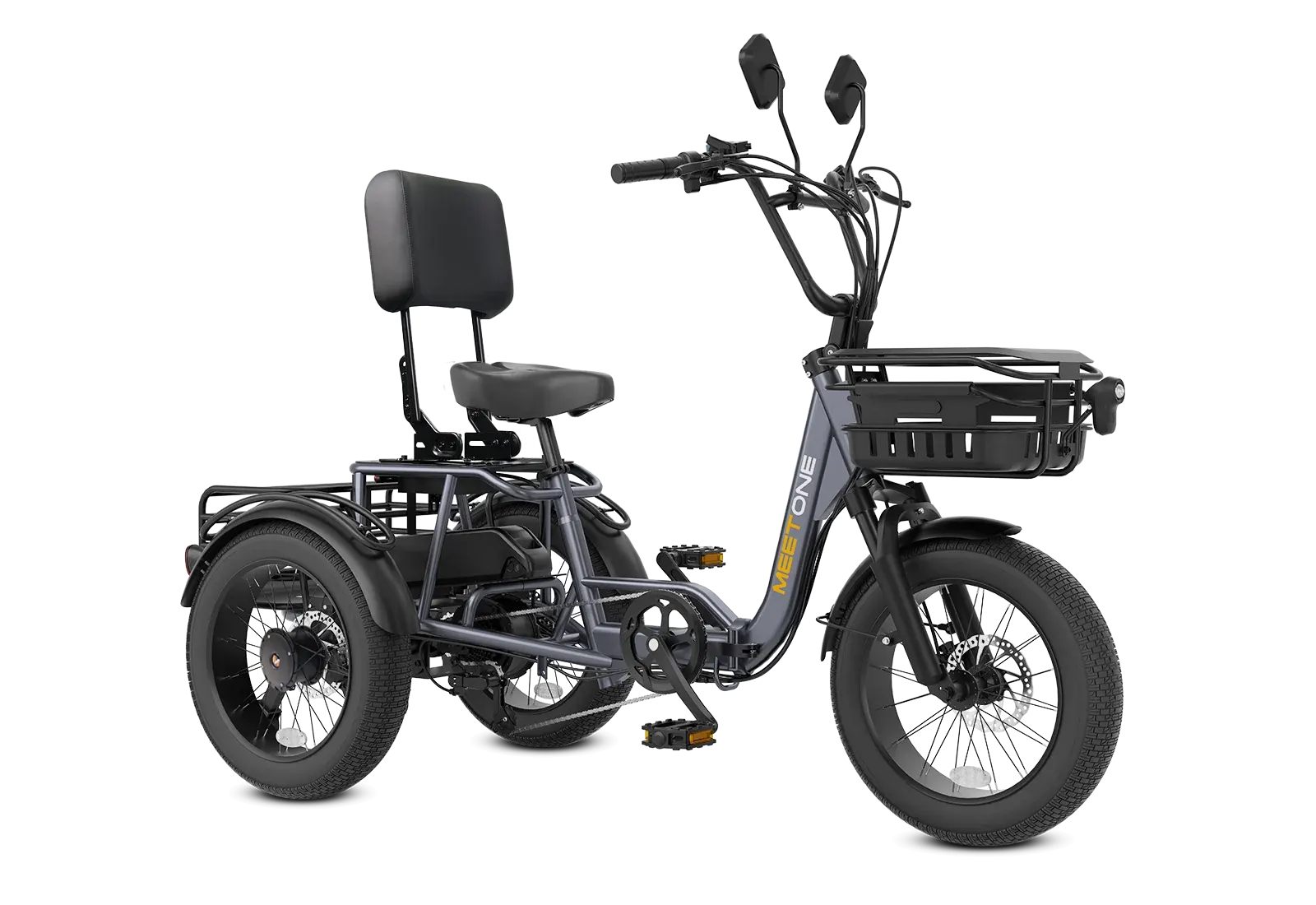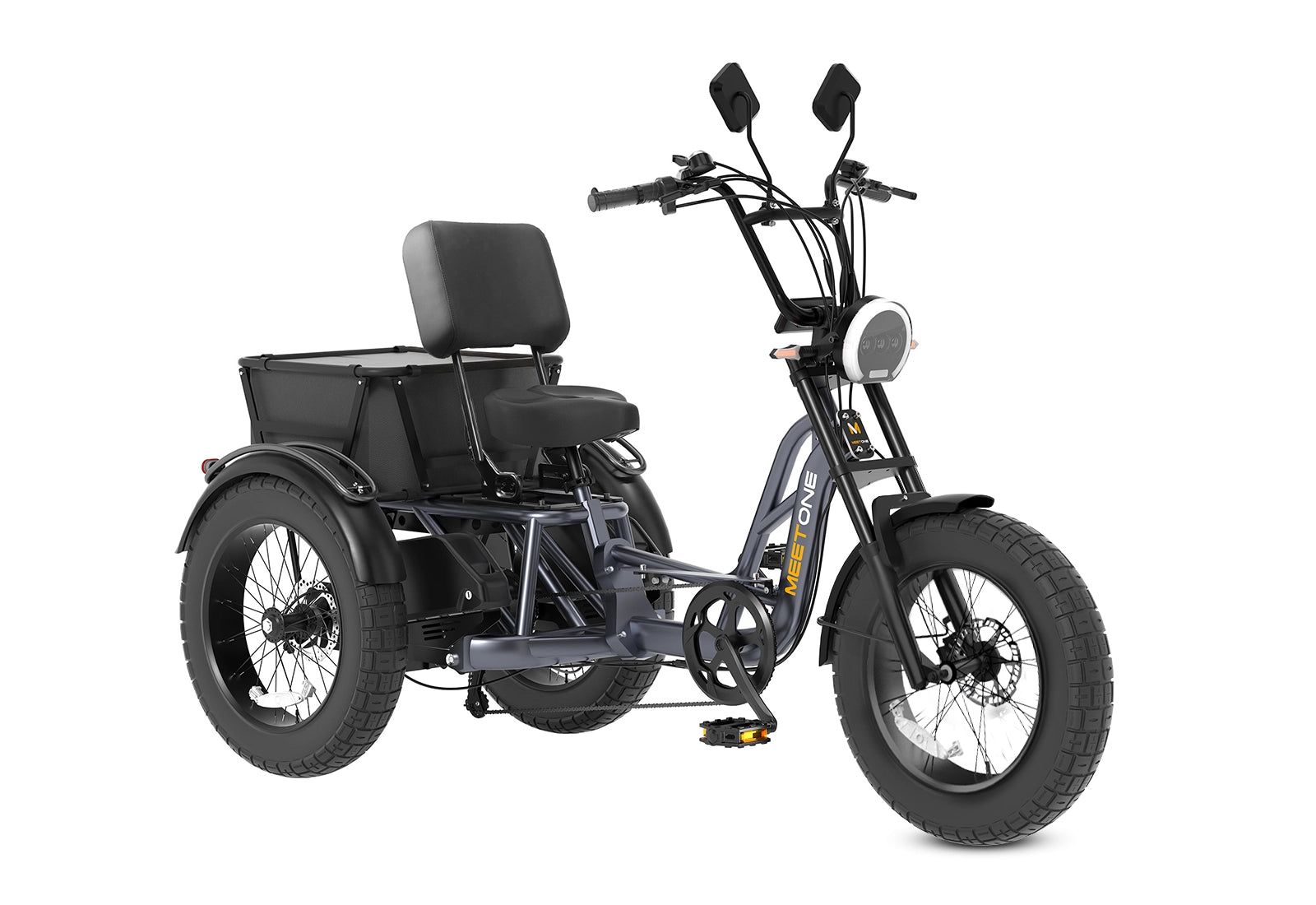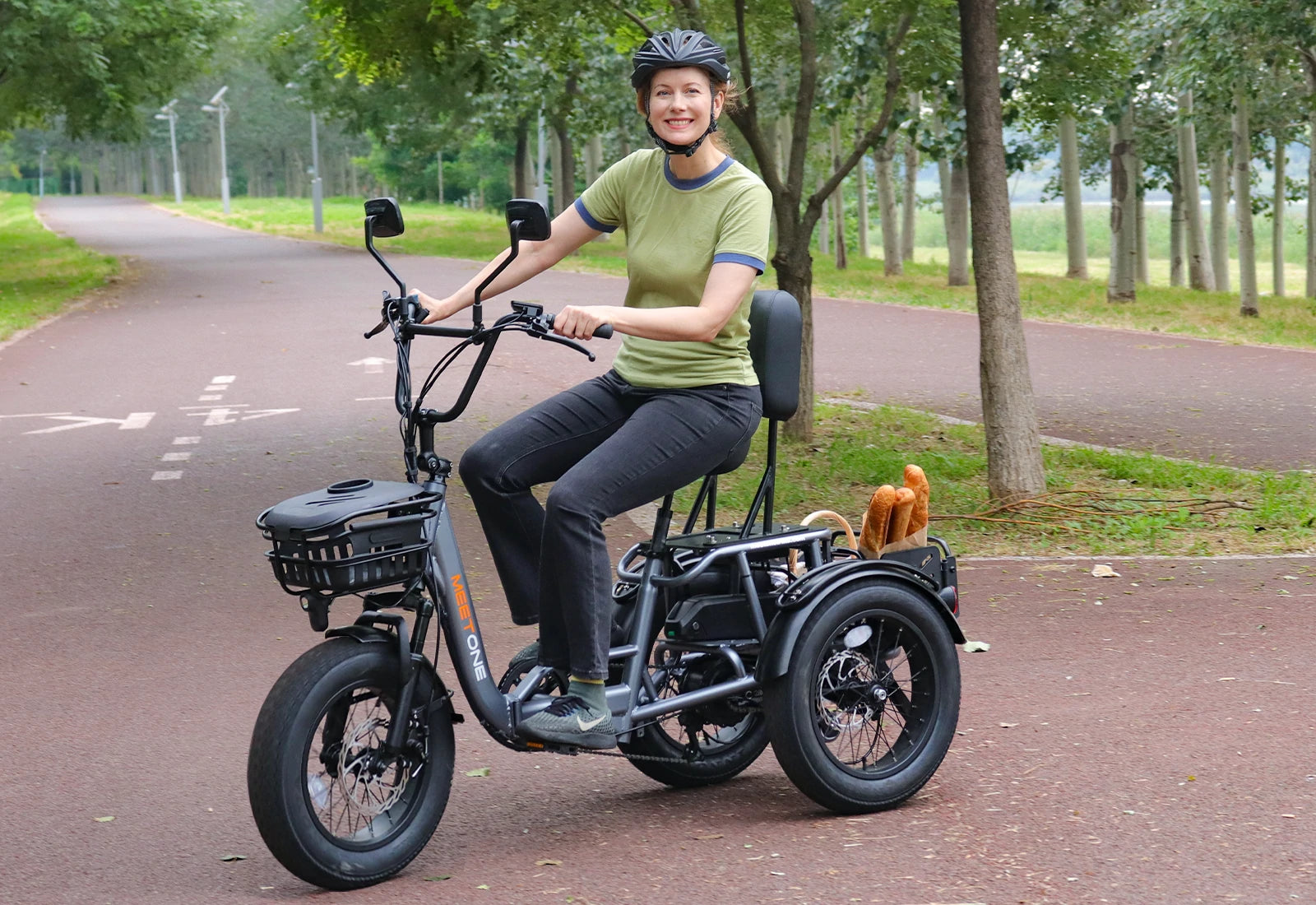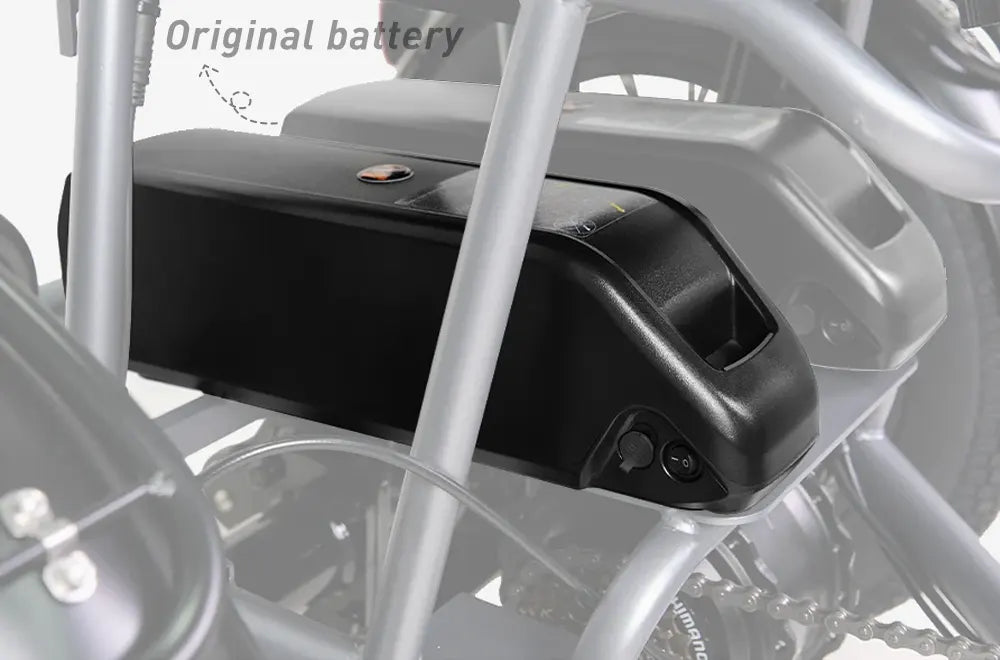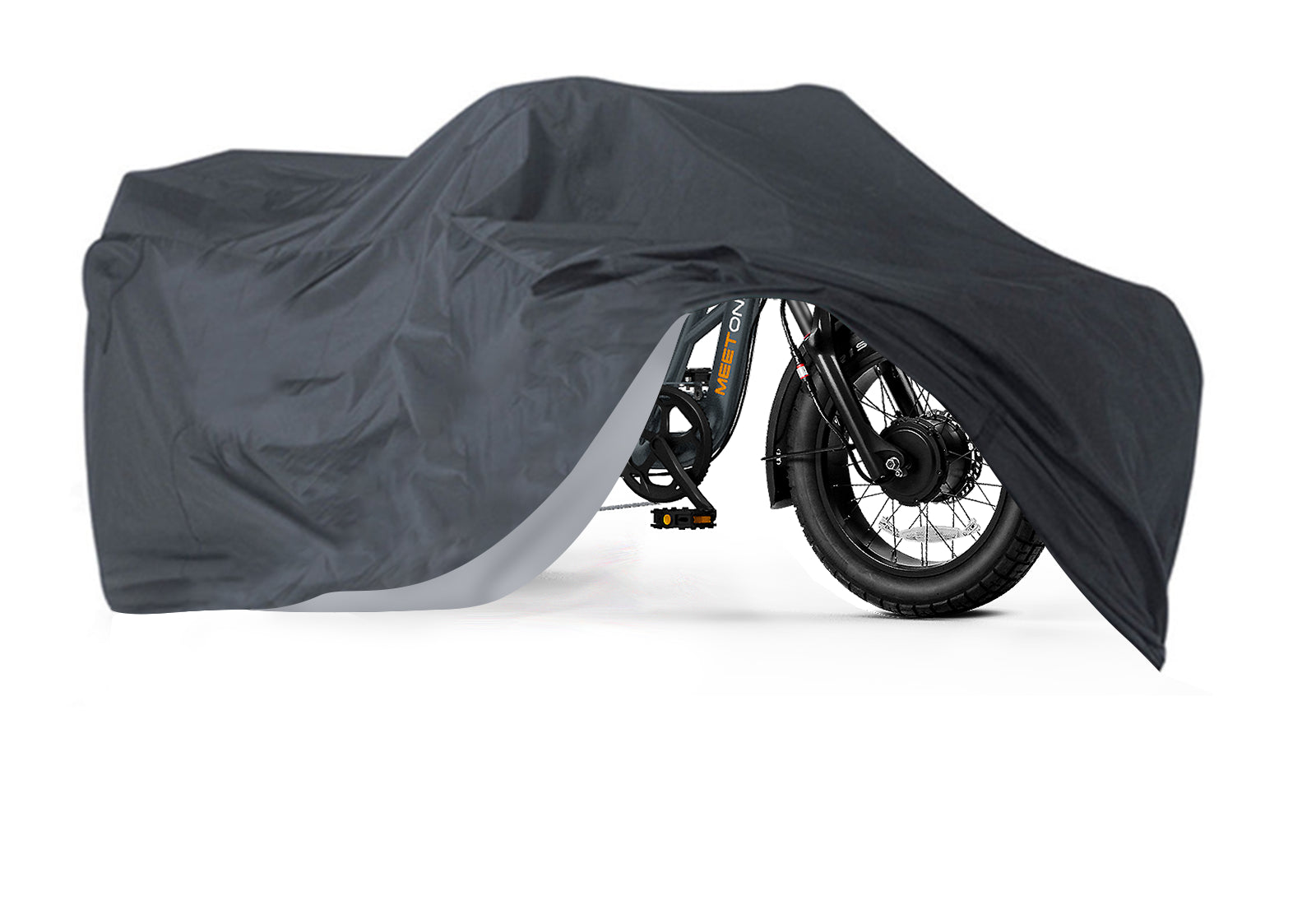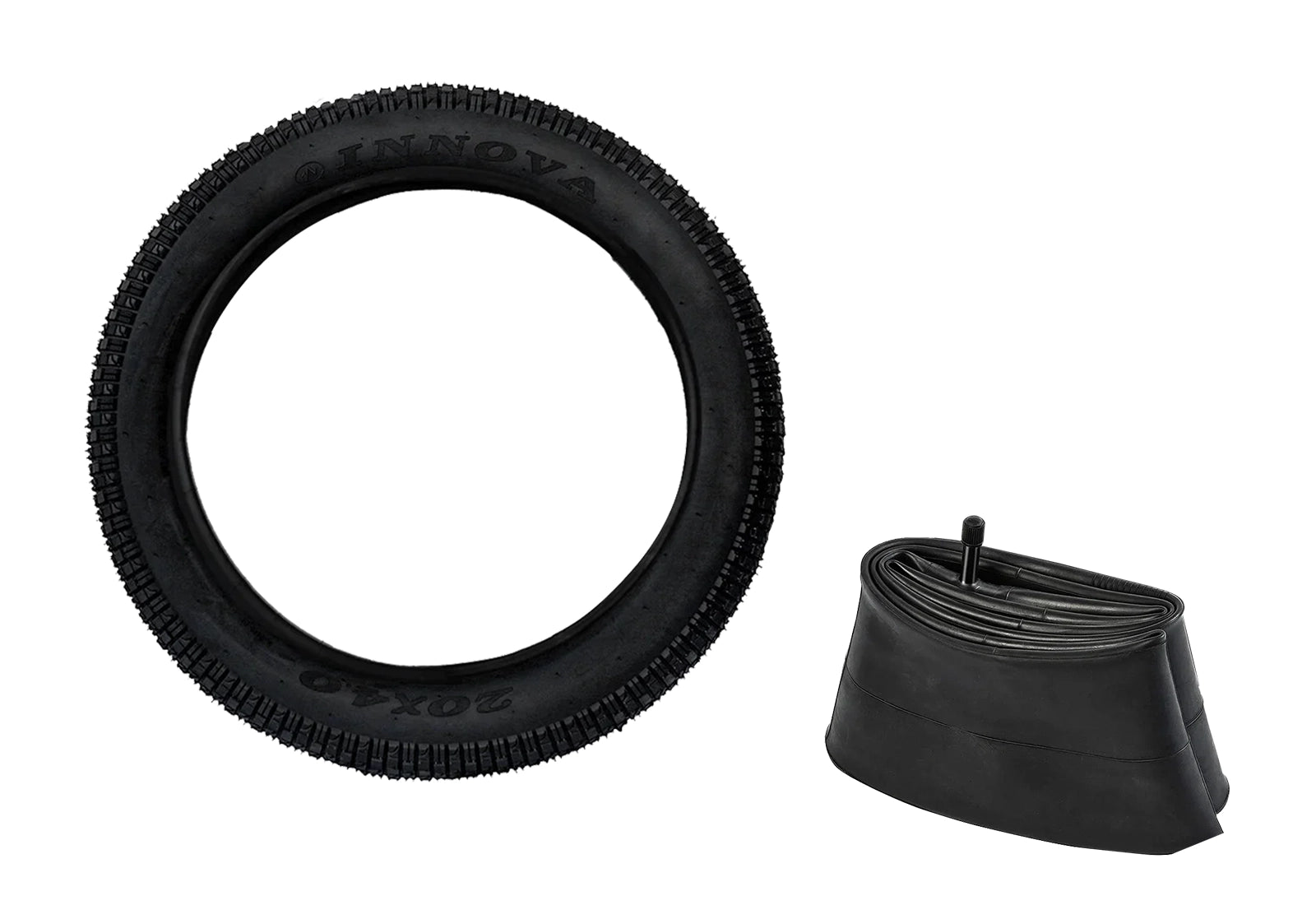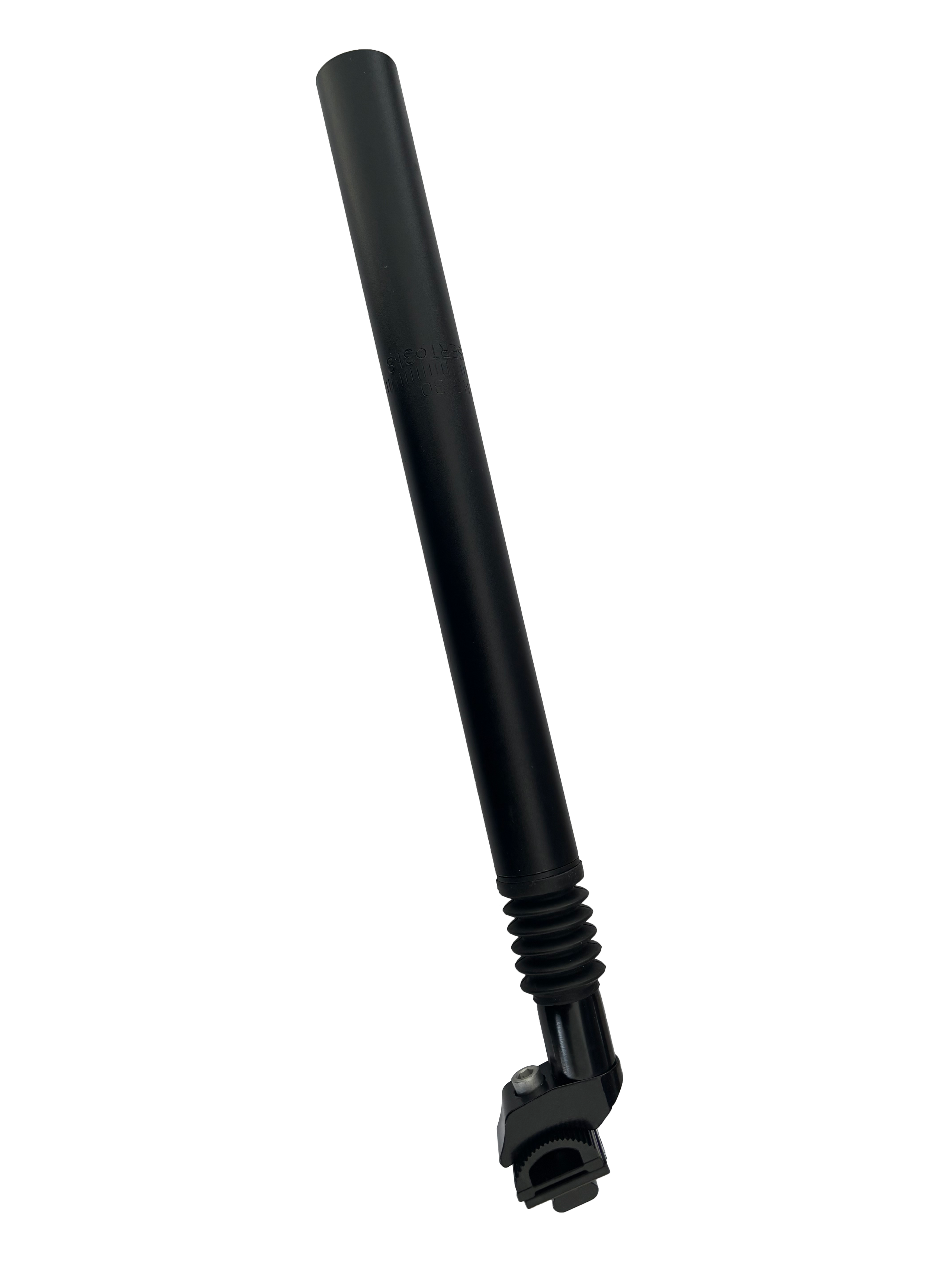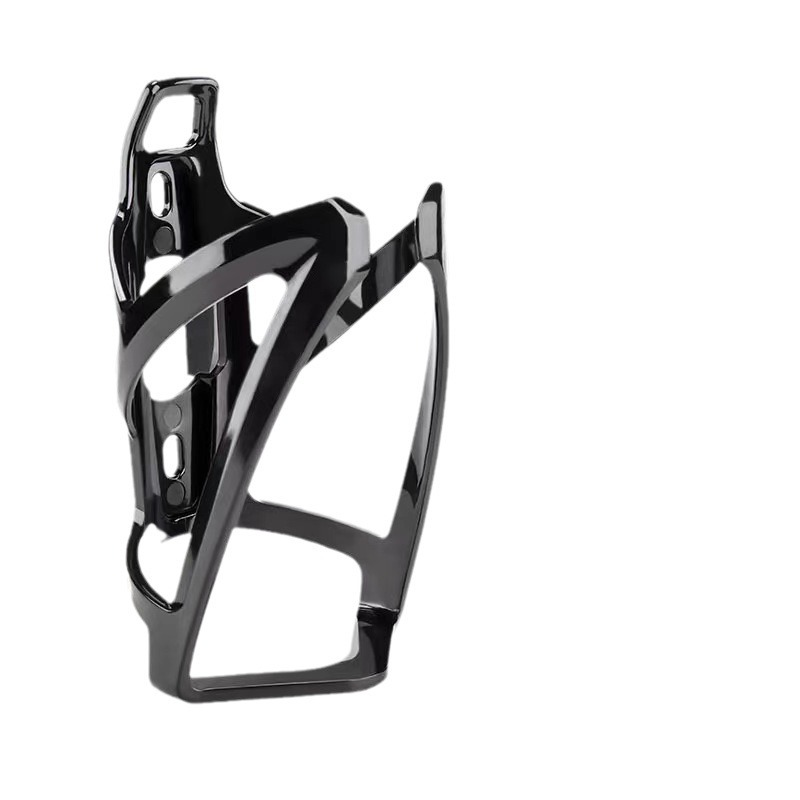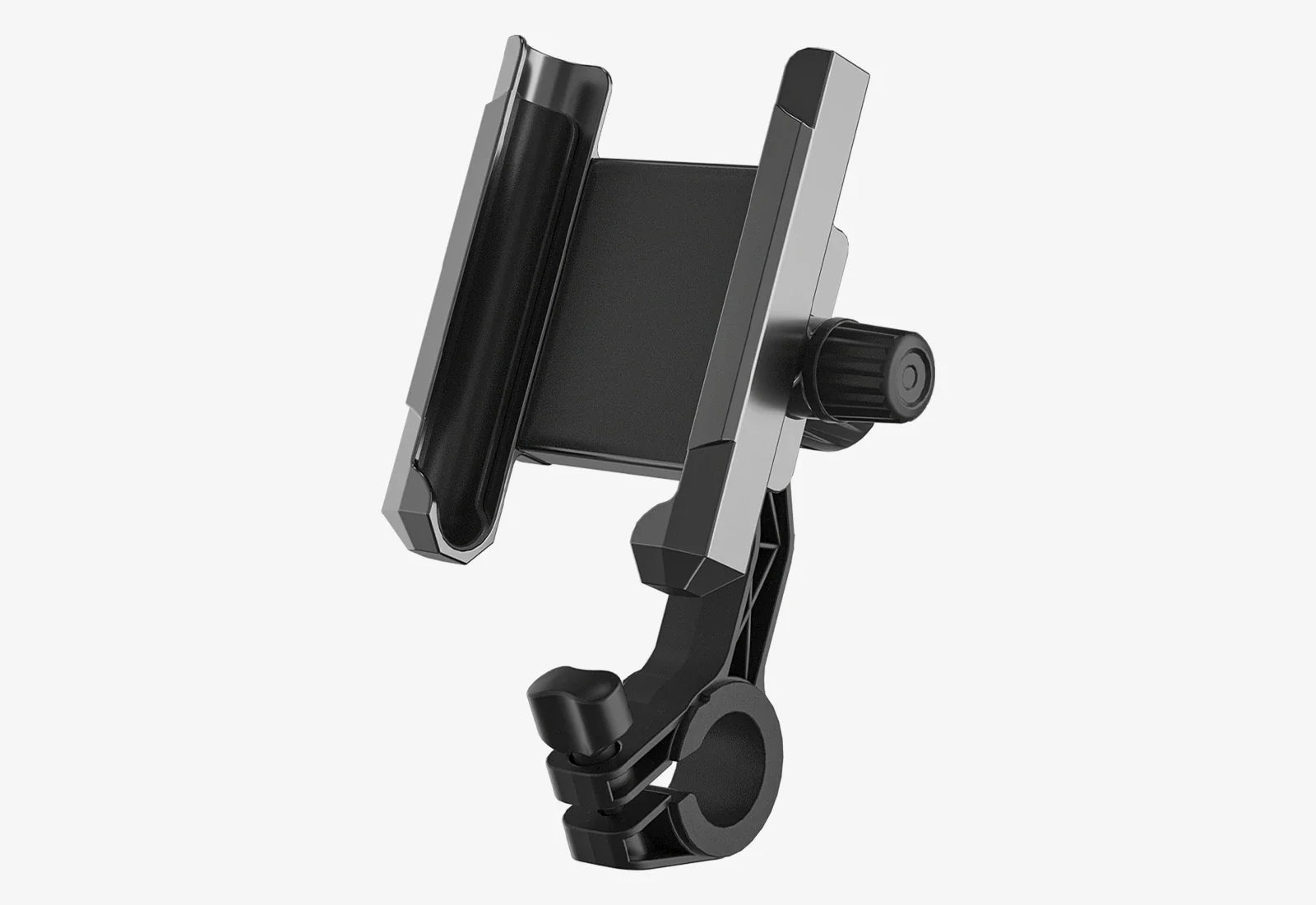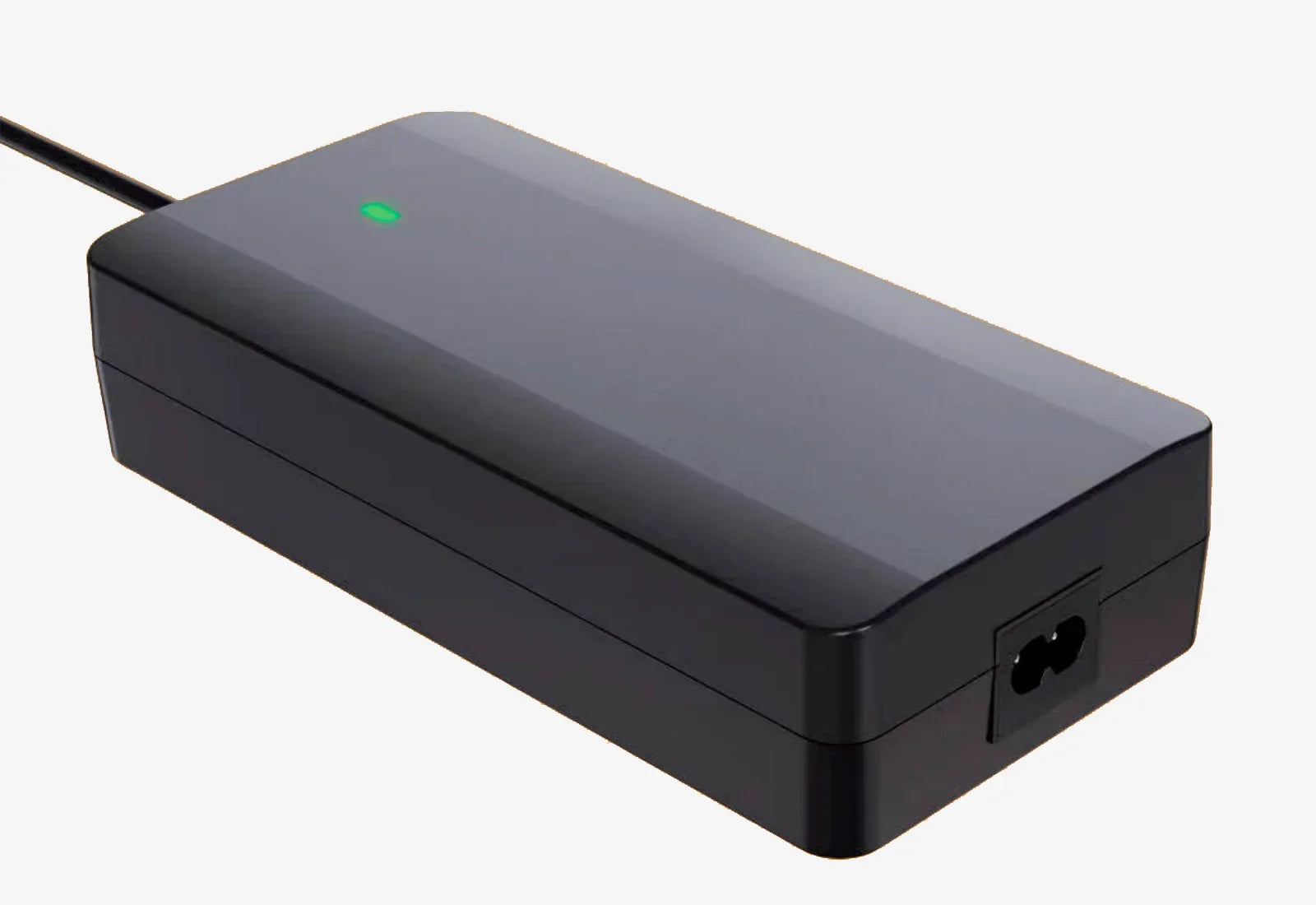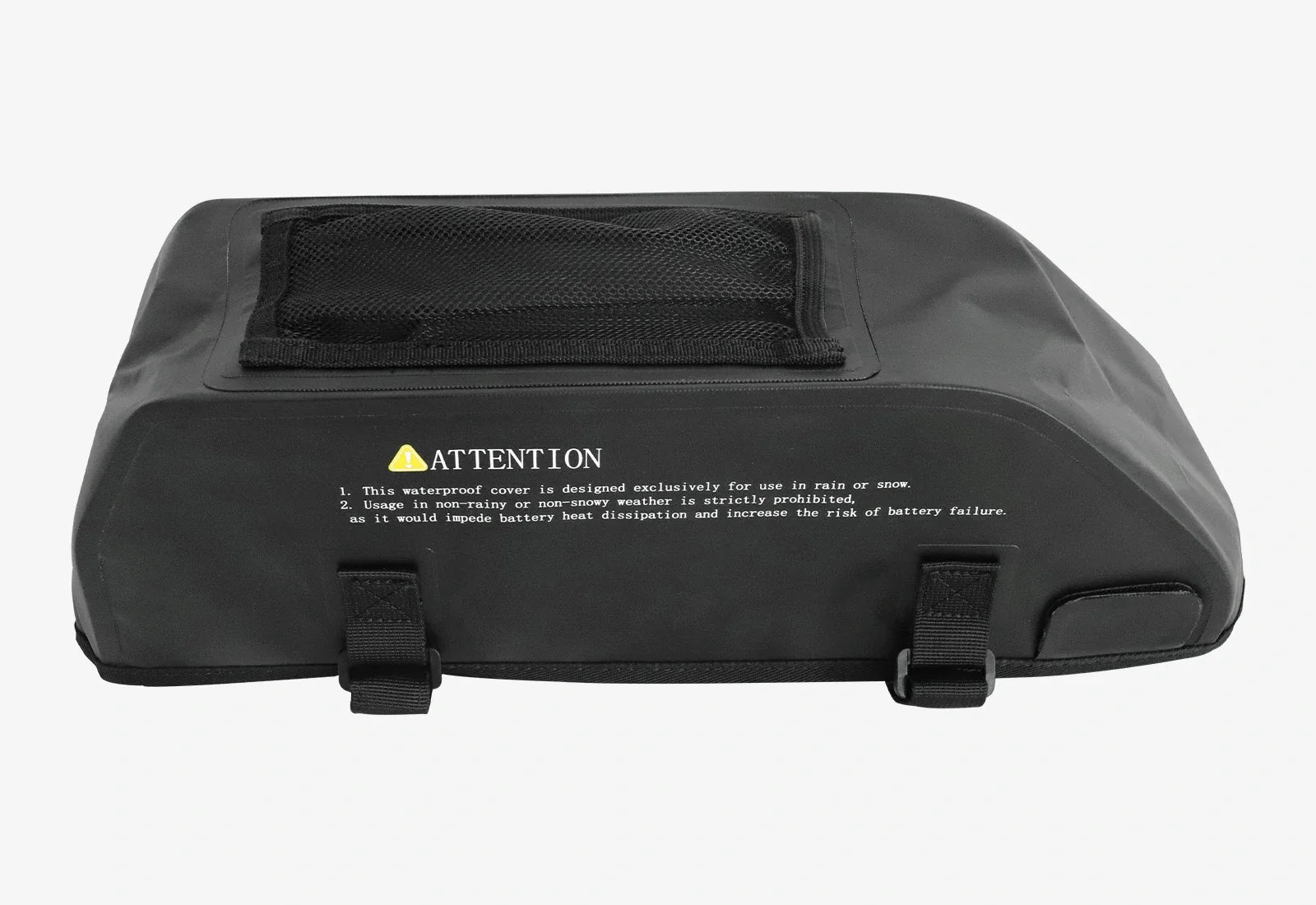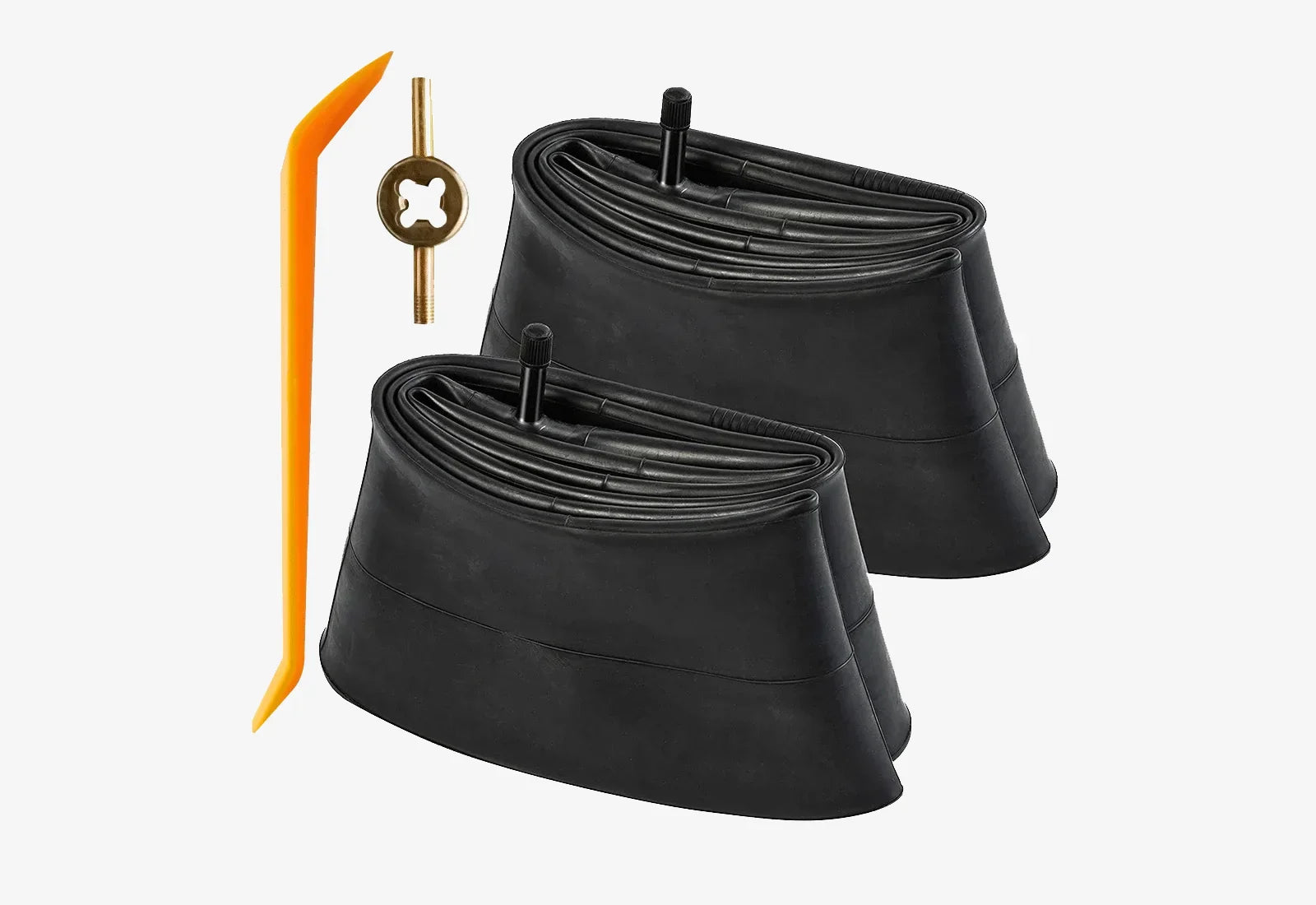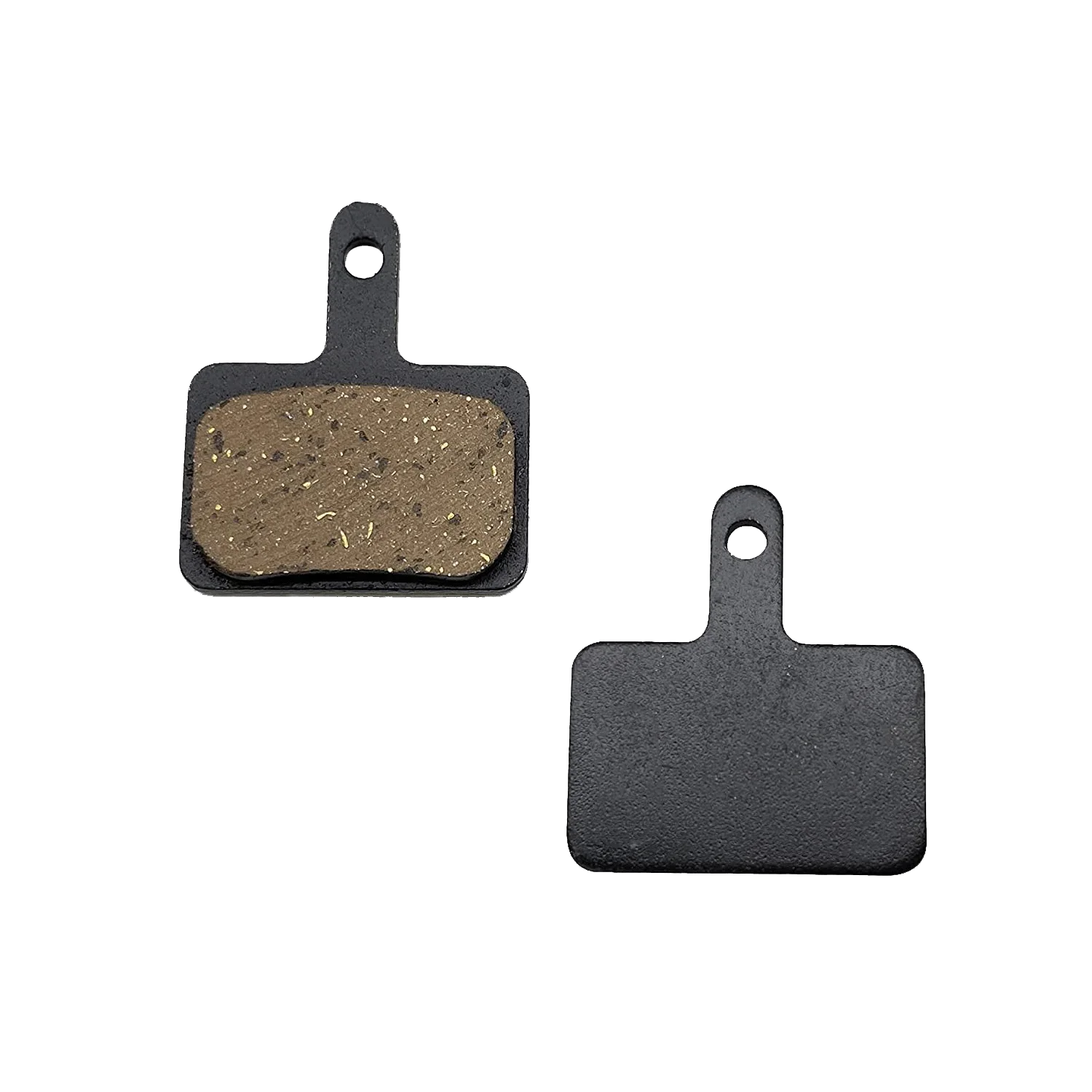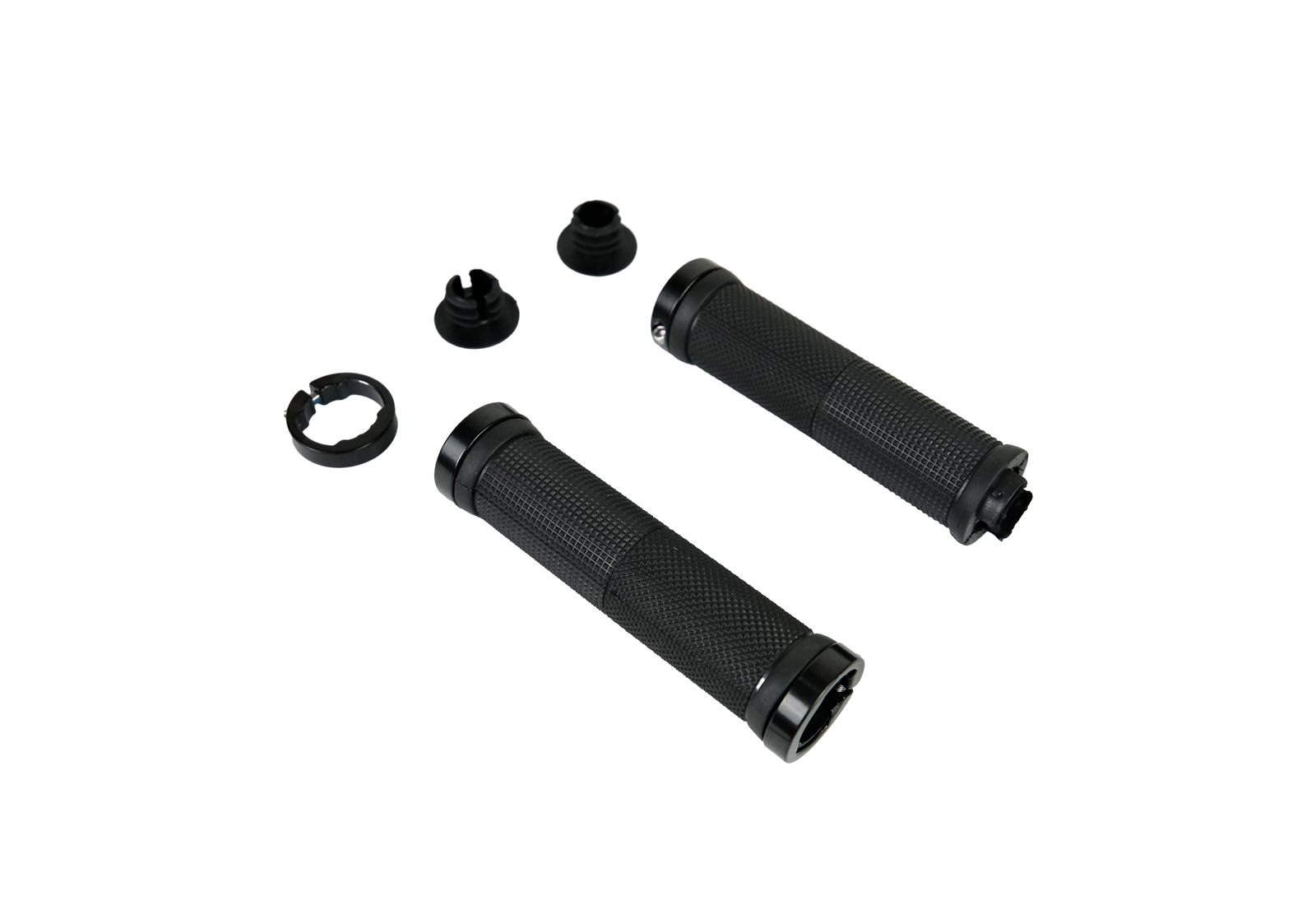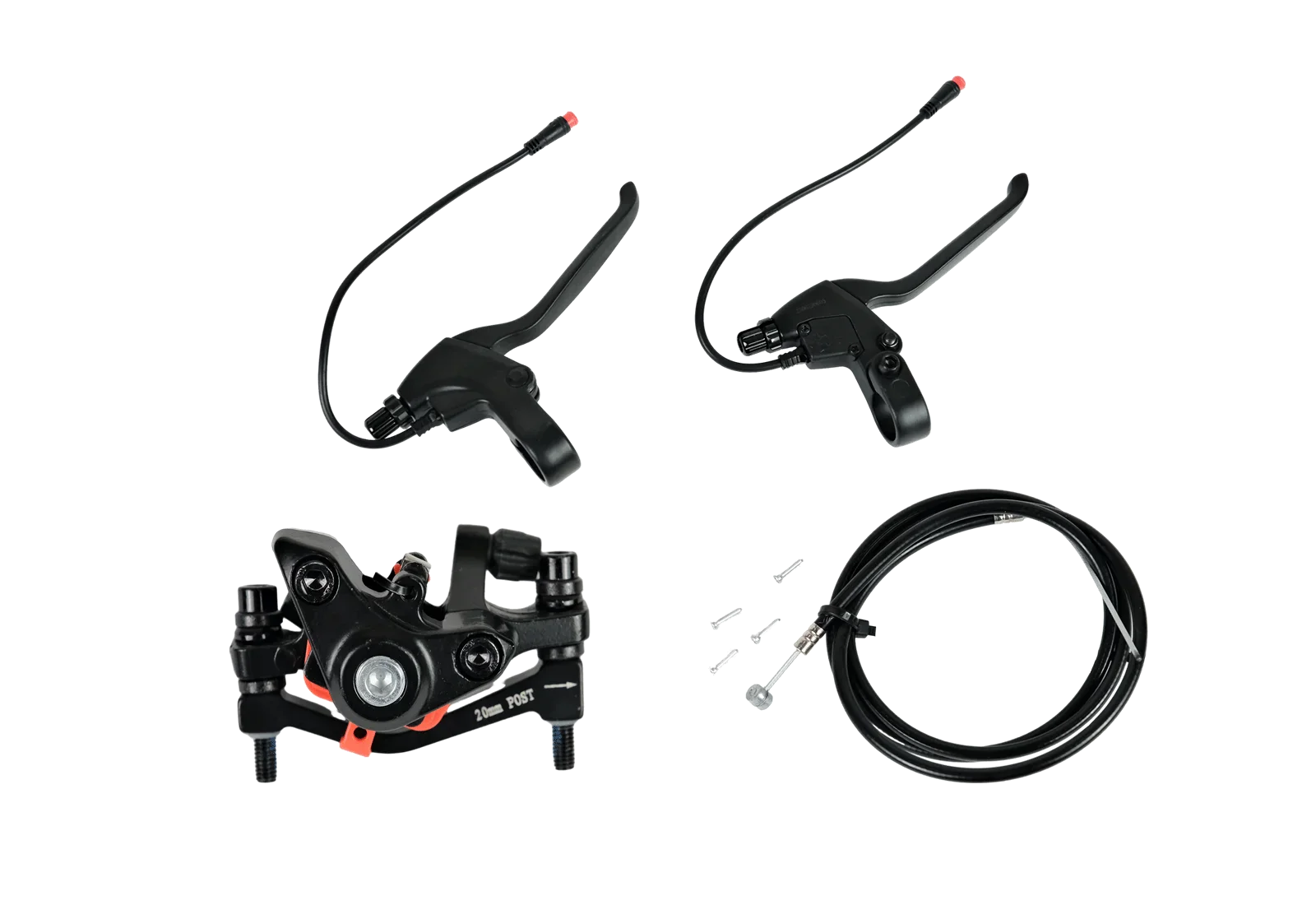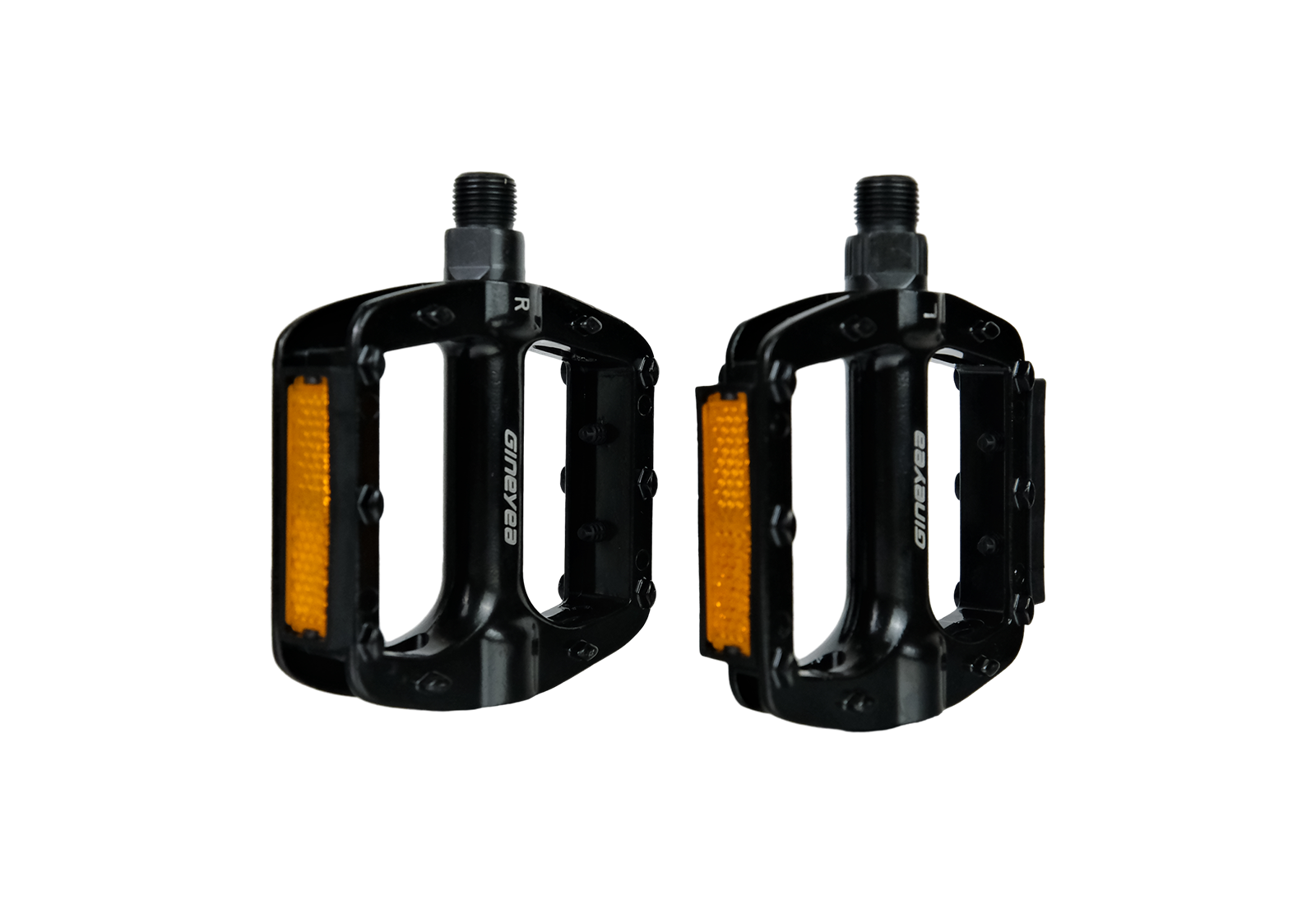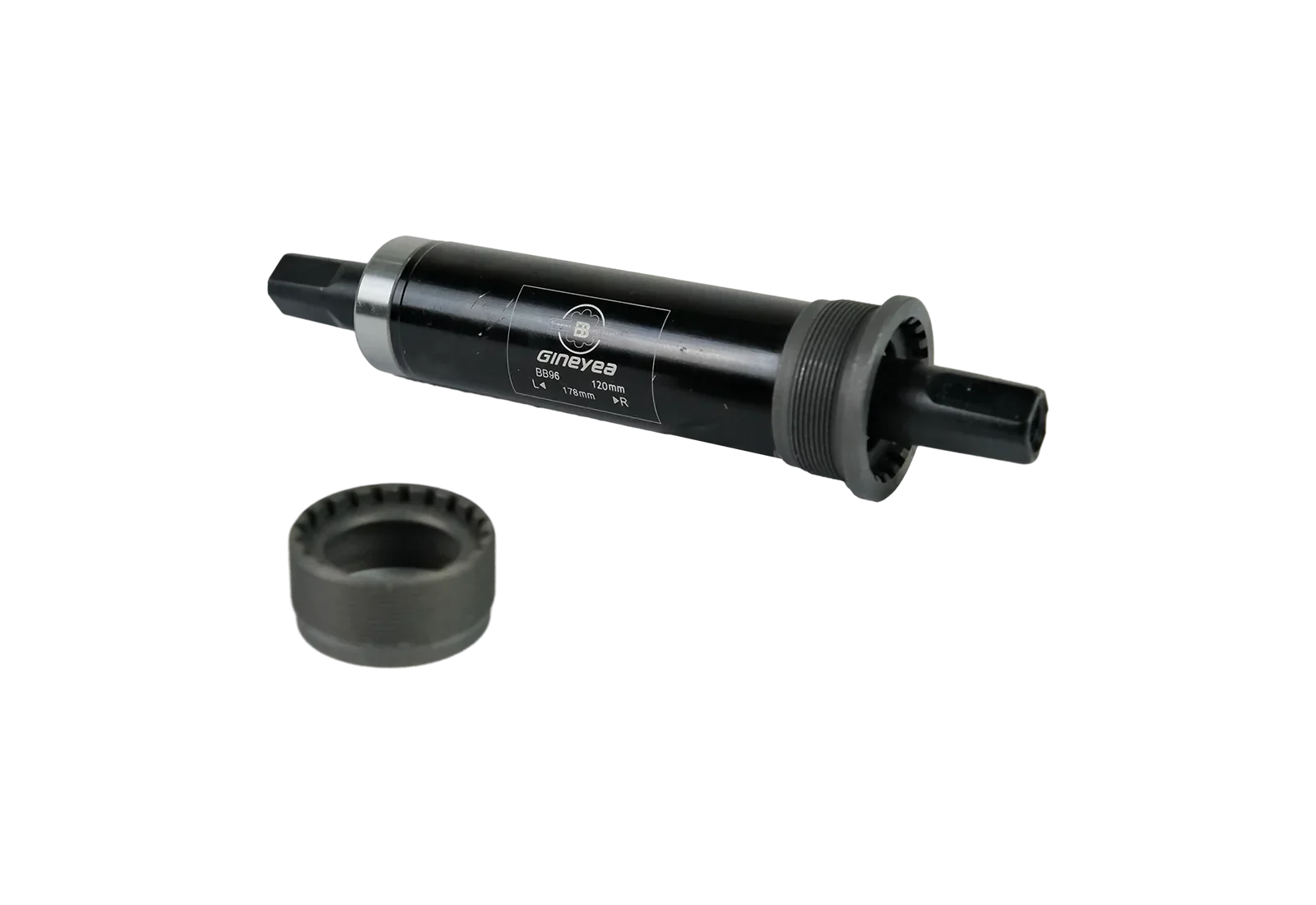
Electric Trike Front Hub Motor vs. Rear Motor: A Comprehensive Comparison
When selecting an electric trike, the choice between a front hub motor and a rear geared motor is a crucial one. Front hub motors offer simplicity, direct drive, and often a lower cost, making them suitable for urban commuting and lighter loads. Rear geared motors, on the other hand, provide higher power output, better torque, and improved hill-climbing capabilities, making them ideal for heavier loads and more demanding terrain.
In this comprehensive comparison, we will delve into the advantages, disadvantages, and suitability of each motor type, helping you make an informed decision when choosing the best electric trike for your needs.
Understanding Front Hub Motors

Front hub motors are installed in the front wheel of an electric trike. This motor type is directly integrated into the wheel hub, providing a simple and direct way of powering the vehicle.
Advantages of Front Hub Motors
Ease of Installation and Maintenance: One of the biggest advantages of front hub motors for electric tricycles is their ease of installation and maintenance, which extends the lifetime ownership of the product.
For instance, if the motor fails after a few years of use, replacing it is straightforward. With some brands, they will send you a replacement front wheel with the motor already installed in the hub. This makes the process of getting your trike back on the road much simpler.
You can just unplug the single connection point at the hub, remove the faulty wheel, and replace it with the new one. This quick and easy process can typically be done at home without needing professional help, saving you time and money.
Additionally, with a front hub motor, even routine maintenance like brake adjustments won't be complicated by the motor's placement, since it’s independent of the drivetrain. This not only makes ownership more convenient but also reduces long-term maintenance costs, ensuring that your investment in the tricycle remains economical over time.
Cost-Effectiveness of Front Hub Motors: The primary advantage of front hub motors is their cost-effectiveness. For riders who are new to electric trikes or those who use their trikes for casual commuting, the cost savings of a front hub motor can be a significant factor in their purchasing decision.
The affordability of front hub motors makes electric trikes accessible to a wider audience, including students, retirees, or anyone looking to minimize their transportation expenses.
Additionally, the reduced upfront cost of front hub motors doesn’t necessarily mean compromising on the essential features of an electric trike, as many models still offer reliable performance, decent range, and basic functionality.
Balanced Weight Distribution with Front Hub Motors: By placing the motor at the front, the trike’s overall weight is more evenly spread between the front and rear, which can enhance the ride quality.
This balanced weight distribution can be particularly beneficial when making turns, or stopping. It provides a more predictable and controlled riding experience, reducing the risk of instability or uneven handling.
Disadvantages of Front Hub Motors
Limited Climbing Ability: Unlike rear geared motors, which are specifically designed to maximize torque and power output, front hub motors typically provide less torque. This can significantly affect their performance on steep inclines, making them less suitable for riders who frequently traverse hilly or uneven terrains.
For example, when encountering a steep hill, the front hub motor may struggle to provide the necessary power to ascend efficiently. The lack of sufficient torque can cause the motor to slow down or even stop, especially if the rider is carrying extra weight or the trike itself is heavily loaded.
Potential for Front Wheel Slippage: Front hub motors can pose another challenge in terms of traction, particularly on loose or uneven surfaces. Since the motor drives the front wheel, it pulls the trike forward, which can sometimes lead to slippage, especially when accelerating quickly or on surfaces like gravel, sand, or wet grass.
This slippage occurs because the front wheel is responsible not only for steering but also for propulsion. When the motor delivers power, the front wheel must manage both directional control and forward movement, which can overwhelm its traction capabilities. This is especially true under conditions where the surface is less than ideal, such as during rainy weather or on unpaved paths.
Exploring Rear Geared Motors

The rear geared motor is a more powerful motor typically mounted on the rear axle of the electric trike. It often incorporates a gear reduction system to provide higher torque and lower RPMs.
Advantages of Rear Geared Motors
Enhanced Torque and Climbing Power: Rear geared motors are celebrated for their exceptional torque output, which sets them apart from other motor types and makes them especially suited for tackling steep hills and heavy loads.
This enhanced torque capability is invaluable for riders who frequently navigate hilly terrains or require their trike for practical purposes, such as transporting groceries, work equipment, or other substantial loads.
Better Acceleration and Speed: The gearing system within the motor optimizes power delivery, allowing the trike to accelerate quickly from a standstill and maintain higher speeds more efficiently. This performance boost is particularly appealing for riders who value speed, whether for commuting, recreational riding, or simply the thrill of a faster ride.
Consider the advantage of quick acceleration when merging into traffic or crossing an intersection. The responsive power of a rear geared motor can make these maneuvers safer and more efficient, reducing the time spent in potentially vulnerable positions.
Reduced Front Wheel Slippage: One of the key benefits of having the motor positioned at the rear is the significant reduction in front wheel slippage. When power is delivered to the rear wheel, the front wheel is free to handle steering without the added responsibility of propulsion.
This separation of duties between the front and rear wheels enhances overall traction and control, especially when accelerating from a standstill or when riding on uneven or slippery surfaces.
Disadvantages of Rear Geared Motors
Potential for Uneven Weight Distribution: Placing the motor at the rear adds extra weight to the back of the trike, which can alter its handling characteristics, particularly when navigating inclines or carrying substantial cargo.
For example, when climbing a steep hill with a loaded rear basket, the additional weight at the back can cause the front wheel to lift or become less stable, making steering more challenging.
In some cases, manufacturers address this issue by designing trikes with specific weight distribution features or by recommending proper loading techniques to mitigate the effects of a rear-heavy setup.
Complex Installation and Maintenance: For riders seeking a low-maintenance electric trike, the complexity of rear geared motors can be a disadvantage. Since the rear geared motor is connected to the trike's rear axle, its installation requires precise alignment and integration with the drivetrain. This can involve multiple steps and a deeper understanding of mechanical systems, often necessitating professional installation to ensure everything functions correctly.
Maintenance for rear geared motors can also be more demanding. Addressing issues with a rear axle-mounted motor often involves working with the drivetrain and axle assembly, which can be time-consuming and may require specialized tools and technical expertise.
Choosing the Right Motor for Your Needs
The best motor for your electric trike depends on your specific requirements and preferences. Consider the following factors when making your decision:
- Intended Use: If you primarily use your trike for commuting or light recreational activities, a front hub motor may be sufficient. However, if you need more power for hauling cargo, climbing hills, or off-road adventures, a rear geared motor is a better choice.
- Budget: Front hub motors are generally more affordable than rear geared motors. If cost is a major consideration, a front hub motor may be a better option.
- Maintenance Preferences: If you prefer a simpler and less maintenance-intensive motor, a front hub motor might be a better fit. However, if you are comfortable with more complex mechanical systems, a rear geared motor can be considered.
- Desired Performance: If you prioritize power, acceleration, and hill-climbing capabilities, a rear geared motor is likely the better choice. However, if handling and maneuverability are your primary concerns, a front hub motor may be more suitable.
Conclusion
Both front hub motors and rear geared motors offer unique advantages and disadvantages. The best choice for your electric trike depends on your individual needs and preferences. By thoroughly understanding the characteristics of each motor type, you can select the electric trike that best aligns with your expectations and ensures a rewarding and enjoyable riding experience.
